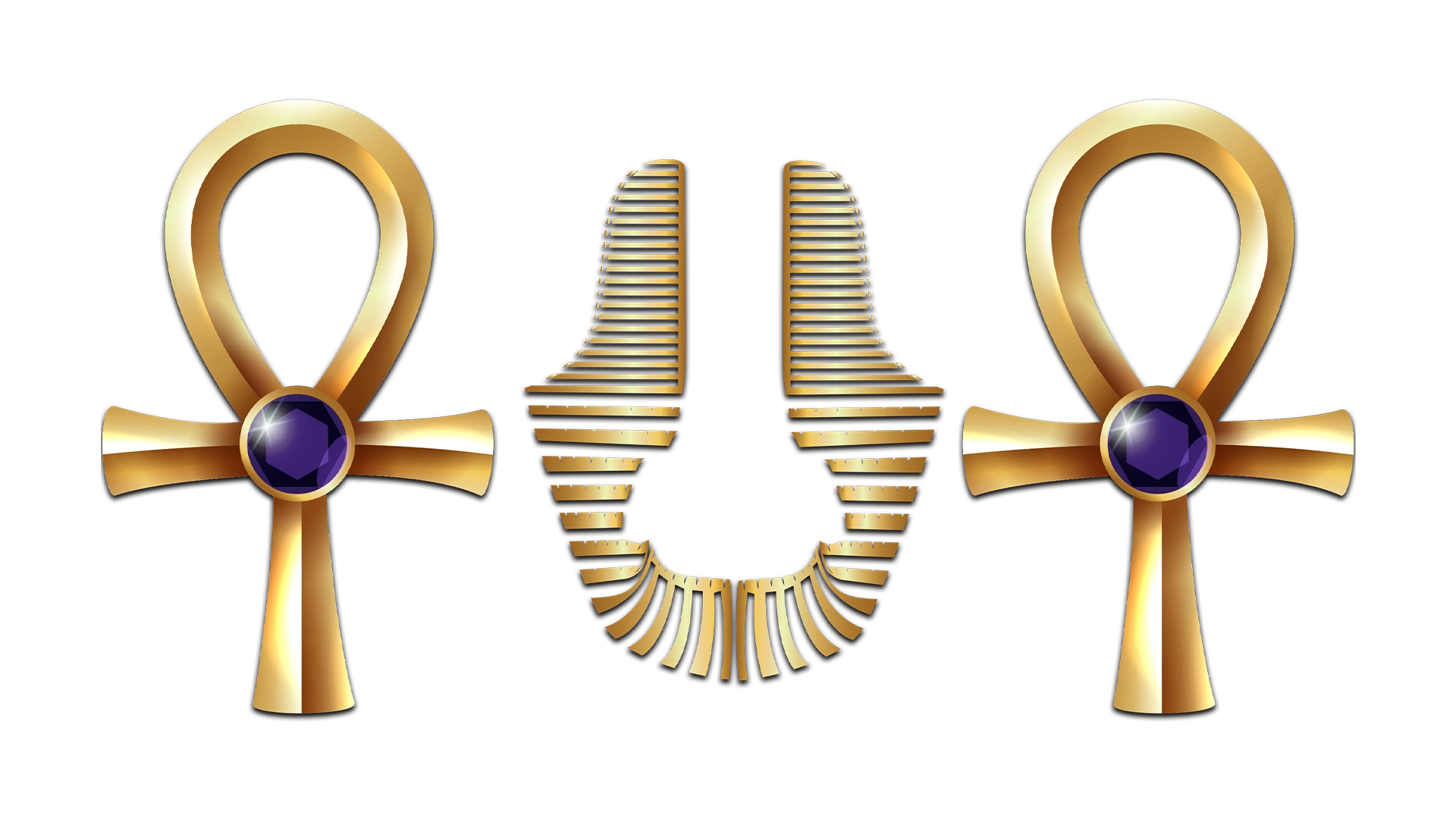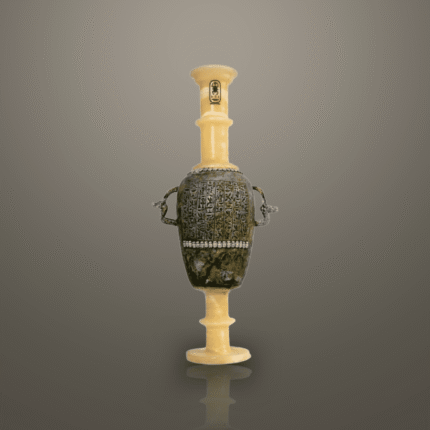Sekhmet: Goddess of War and Healing
Sekhmet: Goddess of War and Healing , wife of Ptah and mother of Nefertum, is one of the most powerful goddesses in Egyptian mythology. As the daughter of Ra, the sun god, she symbolizes his fierce power and wrath. Known as the Eye of Ra, Sekhmet embodies both destruction and protection. Ancient Egyptians believed that the hot desert winds were the result of her fiery breath.
Feared as the cause of plagues and illness, Sekhmet was also revered for her healing abilities. Egyptians turned to her for help in curing diseases and protecting their health. Although her destructive side inspired fear, her role as a healer made her equally important in maintaining balance. She was often called upon to defend against the very plagues she was believed to send.
Sekhmet’s family connections add complexity to her character. She married Ptah, the god of creation, and together they had Nefertum, the god of healing. This divine family represents the balance between destruction and healing, life and death. Sekhmet’s powers were essential for keeping harmony in the world. She could unleash fury but also restore health, making her a key figure in Egyptian religion.
Artistic and Cultural Significance of Sekhmet
Sekhmet is often portrayed with the body of a woman and the head of a lioness, symbolizing her strength and fierce nature. Her statues, typically crafted from black granite, stood in temples across Egypt. Egyptians believed that performing rituals and offering prayers to Sekhmet would help them avoid her wrath and gain her favor. Her presence was especially important in times of war or sickness.
The lioness-headed statues also represented her dual role. Sekhmet protected the pharaoh and the people, while punishing their enemies. Her power and significance made her one of the most respected deities in Egypt. She was feared for her ability to destroy, yet admired for her healing powers.
For more information on Sekhmet and her role in Egyptian mythology, visit our Ancient Egyptian Gods Guide. You can also explore our collection of Egyptian Deity Statues to discover similar artifacts.












Reviews
There are no reviews yet.